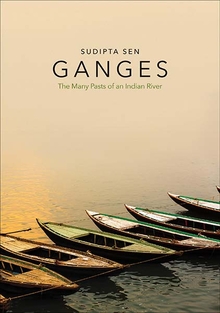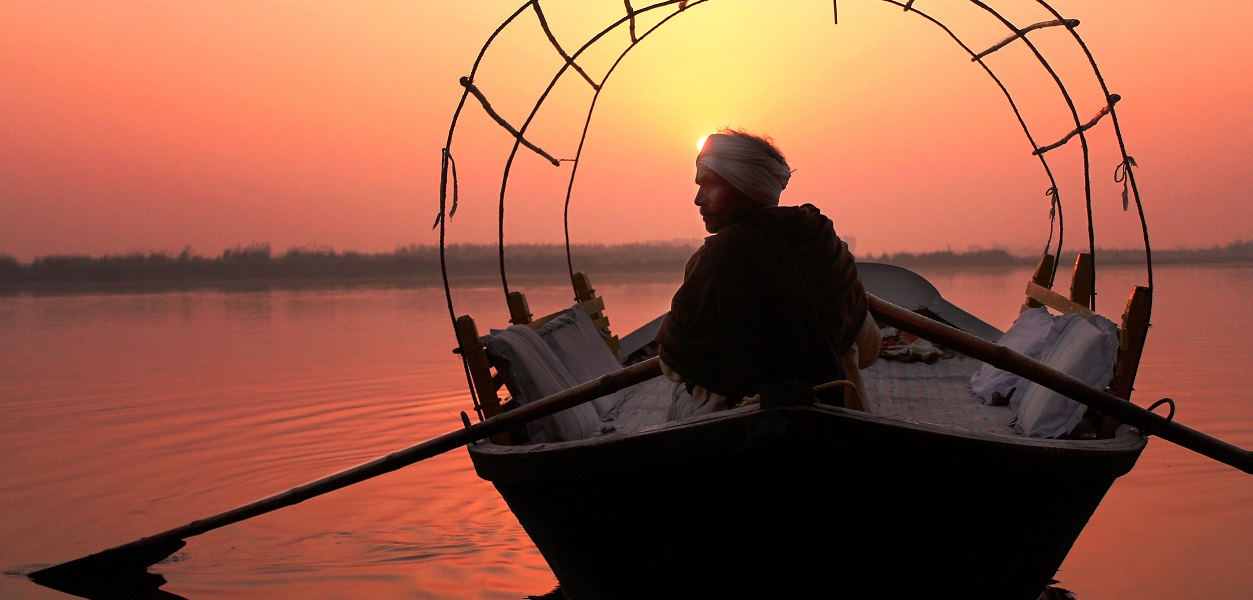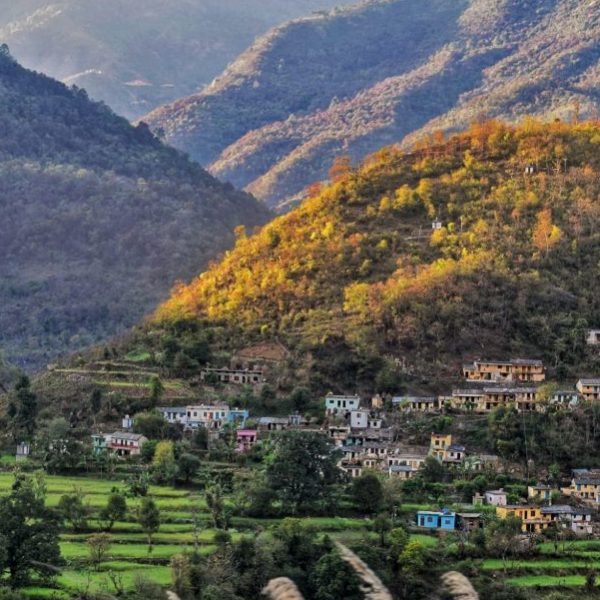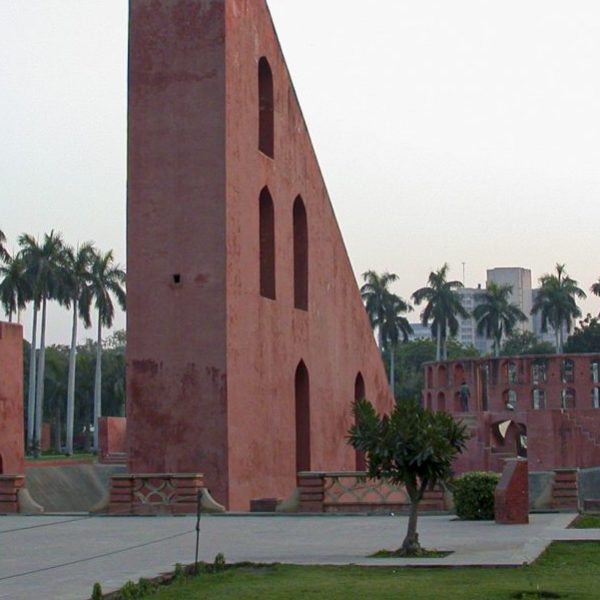Of Holy Rivers and Human Rights: Protecting the Ganges by Law
Sudipta Sen—
On March 20, 2017, the highest court in the state of Uttarakhanda, India declared the river Ganges (known as the Ganga in India) and its main tributary Yamuna as rights-bearing “living entities,” effectively granting them the legal status of personhood. Uttarakhanda is a northern Indian state that borders on Tibet and Nepal, located along the foothills that looks northward towards some of the most spectacular peaks of the Himalayan range. Recognizing the distinctive nature of its people and environs, and the fact that it was also the home of the anti-logging, women-centered chipko―one of the most impactful environmental movements in India―the new state was carved out of the older and larger state of Uttar Pradesh in 2000. The Uttarakhand High Court’s bestowal of this right to the two sister rivers, naming the Chief Secretary and the Advocate General of the state as guardians, was subsequently overruled by the Supreme Court of India.
This move to protect the Ganges, a river that has been worshiped across the subcontinent from time immemorial seems particularly ironic. Under normal circumstances, divine entities do not require such rights from ordinary humans. The celestial and the mortal, nevertheless, are still vexingly intertwined in the popular Hindu and Indian imagination, and this scaling down of the river-goddess to human dimensions is an admission of the fact that she is perilously and manifestly polluted. A recent Reuters report suggests that as the river leaves Uttarakhand and enters the state of Uttar Pradesh, the collected sewage of the cities of Rishikesh and Haridwar, along with the effluents of the Banganga River amount to at least three-hundred and ninety million liters per day. After it flows past the great pilgrimage of Prayag, it carries a burden of daily wastewater discharge in excess of three billion liters.
By ruling that polluting the river was tantamount to harming human beings, the court upheld the sanitary and spiritual worth of its waters “central to the existence of half of Indian population and their health and well-being”. It also ordered the state to summon a Ganga Administration Board to keep the river clean. The Supreme Court found this unsustainable. If the Ganges was a legal entity, litigants in principle could sue on its behalf. Allowing such sewage and industrial waste would then be a direct violation of the river’s right to “life” as conceived under Article Twenty-One of the Indian Constitution. How would one adjudicate such a widespread crime of pollution? Who would be culpable under this law: domestic Indian households, industries or indeed government entities responsible for faulty or absent sewage treatment plants? What would be the penalty for millions of pilgrims congregating at holy confluences along the path of the river?
In subsequent hearings, the same court ventured farther, extending similar protection to glaciers from where the holy rivers originate and other bodies of natural water, springs, air, forests, wetlands and grasslands―seeking a viable remedy in law for the depletion of natural resources.
Such environmental laws have not yet been implemented, but there is nonetheless some precedence for the legal representation of non-human entities in India. Companies, temple deities and charitable trusts in the country have been in the past recognized as legal personas. In the case of the Ganges, it has proven far more difficult to put such an expansive definition of the custodianship of natural entities into effect. India is not alone in pinning such hopes on legal recourse to pollution and climate change. In 2016, Colombia’s Constitutional Court held that the Atrato River Basin had rights to “protection, conservation, maintenance, and restoration”. In 2017, the New Zealand adopted the Whanganui River Claims Settlement Bill, which gave the river and its surrounding ecosystem legal personhood and enjoined the government along with the local Maori people to uphold its “health and wellbeing.”
The problem in India, however, is a problem of an entirely different scale and magnitude. The Ganges brings water to more than five hundred million people across northern India. Rights to such a resource are after all independent of whether the river is deemed sacred by the majority of the population or not. Millions of farmers, boaters and fishers hold traditional or customary rights along the river and its banks, as do residents of thousands of towns and villages whose groundwater has reached unprecedented levels of contamination because of overuse and the unchecked proliferation of tube wells. While India is a Hindu-majority country, there are many millions of non-Hindus who also stand to suffer a loss of their environment and health. Public interest lawyers and environmental activists fear that civic bodies appointed as custodians of the river might not represent the interests of other religious communities in India that include historically underprivileged Dalits and the lower-castes. Some of their members are by tradition indispensable to caste-Hindu funerary rites and disposal of the remains of cremated bodies into the sacred waters of the Ganges. Environmental activists in India are also wondering how to calculate in this instance the human cost of the depletion of biodiversity and the imminent destruction of the unique habitats of the gharial―fish-eating Gangetic crocodile, or the blind Gangetic dolphin.
Unprecedented as the decision to recognize the legal rights of a river appears, the oldest images of the Ganges drawn from the far recesses of history and myth suggest that the natural and divine attributes of this sacred body of water have always been inseparable. Ganga and Yamuna as goddesses of profusion and fecundity owe their graven forms to animistic guardian spirits and ancient deities of fertility and abundance. The vehicle of the Ganga, makara, is a fabulous creature fashioned from parts of the fish-eating Gangetic crocodile and the dolphin, and that of the Yamuna from the local turtle, indicating perhaps that early inhabitants of the Gangetic plains prized these freshwater creatures as much as we do today. Perhaps it is time now for the rivers to reclaim their age-old divine rights as well.
Sudipta Sen is professor of history at the University of California, Davis, and the author of Distant Sovereignty: National Imperialism and the Origins of British India.
Further Reading:

Featured photo by Midhun George on Unsplash


























